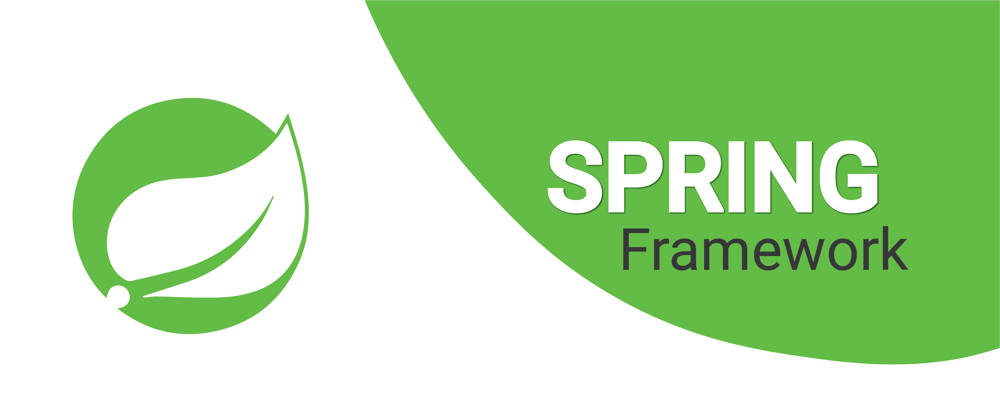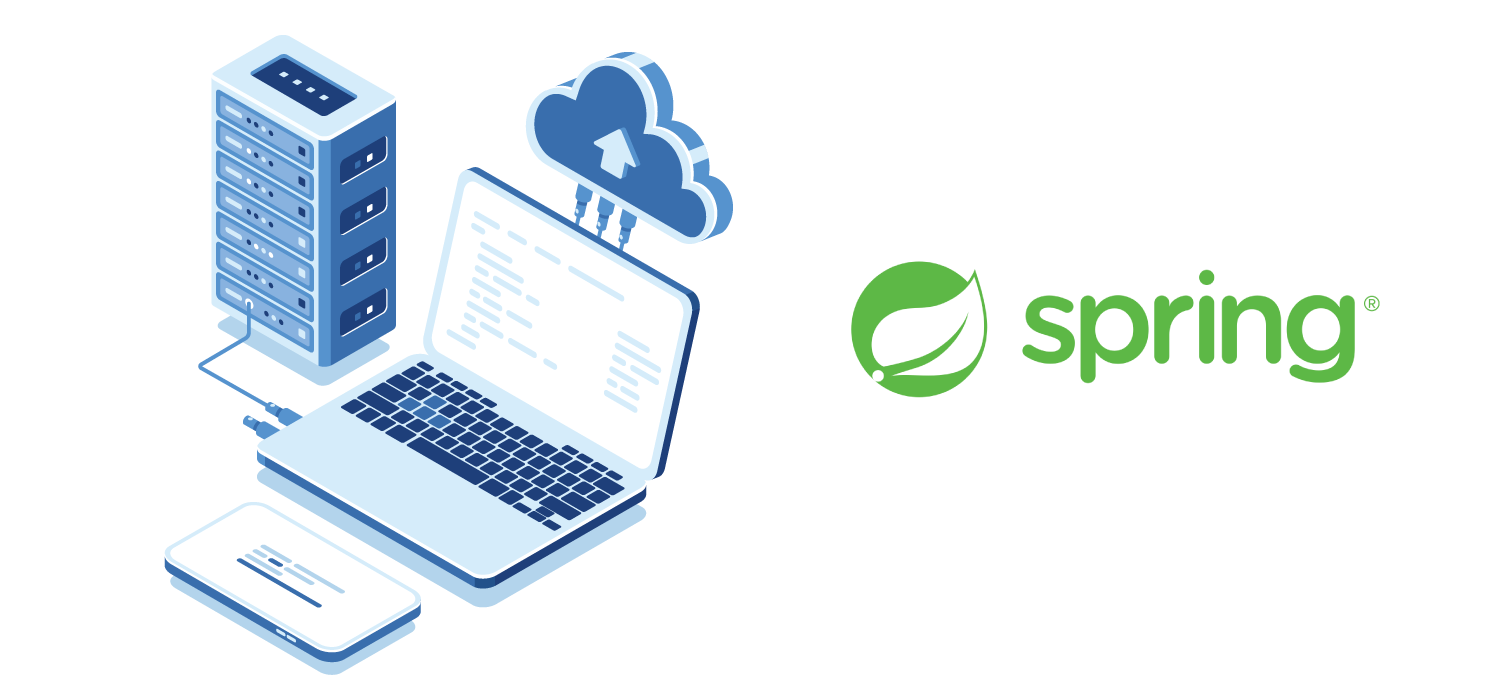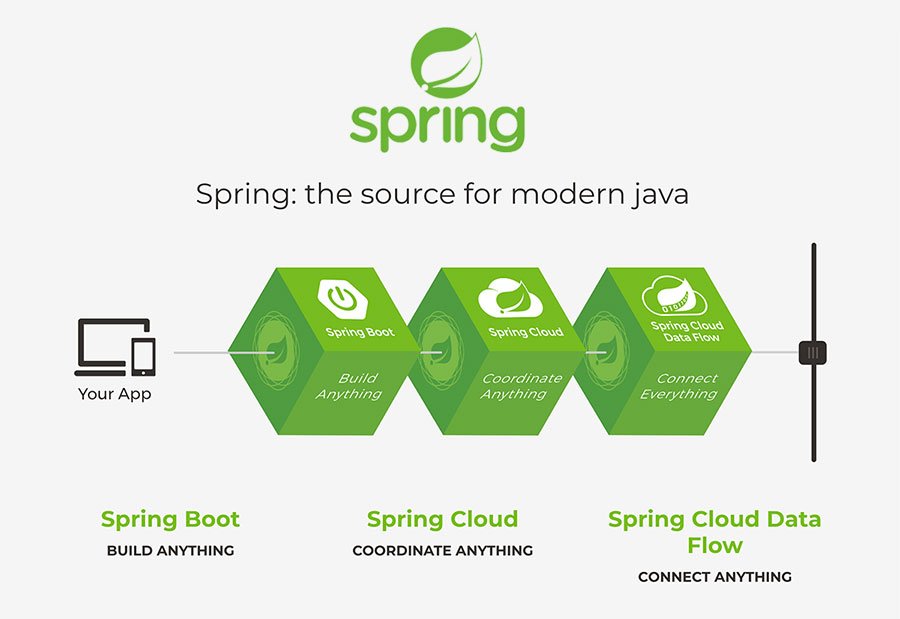
Spring
spring framework training in vizag.

This Spring lesson offers a comprehensive understanding of the Spring Framework along with streamlined examples. Rod Johnson invented it in 2003. The Spring framework facilitates JavaEE application development.
It is helpful for beginners and experienced persons.
Spring Framework
A lightweight framework is Spring. Because it offers support for multiple frameworks, including Struts, Hibernate, Tapestry, EJB, JSF, and others, it can be viewed as a framework of frameworks. In a more general sense, the framework is a structure that helps us solve different kinds of technological issues.
The Spring framework comprises several modules such as IOC, AOP, DAO, Context, ORM, WEB MVC etc. We will learn these modules in next page. Let’s understand the IOC and Dependency Injection first.
Inversion Of Control (IOC) and Dependency Injection
These are the design patterns that are used to remove dependency from the programming code. They make the code easier to test and maintain. Let’s understand this with the following code:
- class Employee{
- Address address;
- Employee(){
- address=new Address();
- }
- }
In such case, there is dependency between the Employee and Address (tight coupling). In the Inversion of Control scenario, we do this something like this:
- class Employee{
- Address address;
- Employee(Address address){
- this.address=address;
- }
- }
Thus, IOC makes the code loosely coupled. In such case, there is no need to modify the code if our logic is moved to new environment.

In Spring framework, IOC container is responsible to inject the dependency. We provide metadata to the IOC container either by XML file or annotation.
Advantage of Dependency Injection
- makes the code loosely coupled so easy to maintain
- makes the code easy to test
Advantages of Spring Framework
There are many advantages of Spring Framework. They are as follows:
1) Predefined Templates
Templates for technologies like JDBC, Hibernate, and JPA are available in the Spring framework. Therefore, writing a lot of code is not necessary. It conceals these technologies’ fundamental operations.
Let’s take the example of JdbcTemplate, you don’t need to write the code for exception handling, creating connection, creating statement, committing transaction, closing connection etc. You need to write the code of executing query only. Thus, it save a lot of JDBC code.
2) Loose Coupling
The Spring applications are loosely coupled because of dependency injection.
3) Easy to test
The Dependency Injection makes easier to test the application. The EJB or Struts application require server to run the application but Spring framework doesn’t require server.
4) Lightweight
Spring framework’s POJO implementation makes it lightweight. Programmers are not required to implement any interfaces or inherit any classes by the Spring Framework. That’s why non-invasive is what it’s called.
5) Fast Development
The Spring Framework’s Dependency Injection functionality, together with its support for many frameworks, facilitates the creation of JavaEE applications.
6) Powerful abstraction
It provides powerful abstraction to JavaEE specifications such as JMS, JDBC, JPA and JTA.
7) Declarative support
It provides declarative support for caching, validation, transactions and formatting.
Building a REST API with Spring Boot
In this beginner course, you’ll learn how to build a complete REST API from start to finish with Spring Boot. With our interactive labs, you’ll get hands-on practice every step of the way — bootstrapping with Spring Initializr, through authenticating & authorizing with Spring Security.
Are you looking to use Spring Boot to create a functional REST API? Spring Boot is a fantastic option, ranked as the top Java-based development framework for web applications! Here’s Josh Long, a Spring Developer Advocate, to briefly discuss Spring’s ongoing commitment to education and the reasons we’re thrilled to be offering this Spring Boot course to you.
In This Course
You will develop a Family Cash Card service in this course, which is an app that allows families to track allowances in the form of virtual debit cards. You will gain knowledge of REST APIs, Spring Security, data persistence, metrics, and contemporary application development by constructing this service from the ground up.
Every lesson builds a software product using the same real-world project setup. This helps you become more equipped to handle practical issues that arise during the software development lifecycle.
Course Outcomes
- Build a fully functional REST API with Spring Boot.
- Utilize Spring Security to authenticate and authorize your application.
- Implement test-driven development.
- Convert database and Java objects automatically using Spring Data JDBC.



 Previous Post
Previous Post Next Post
Next Post